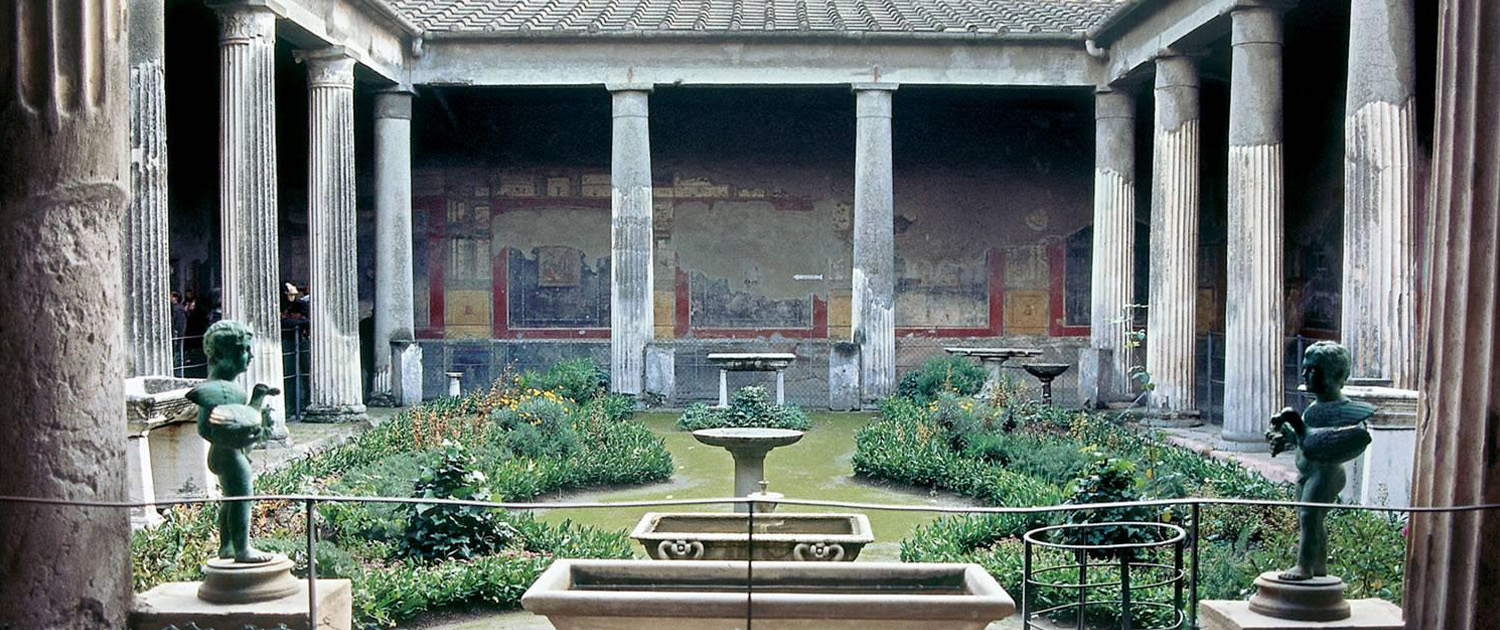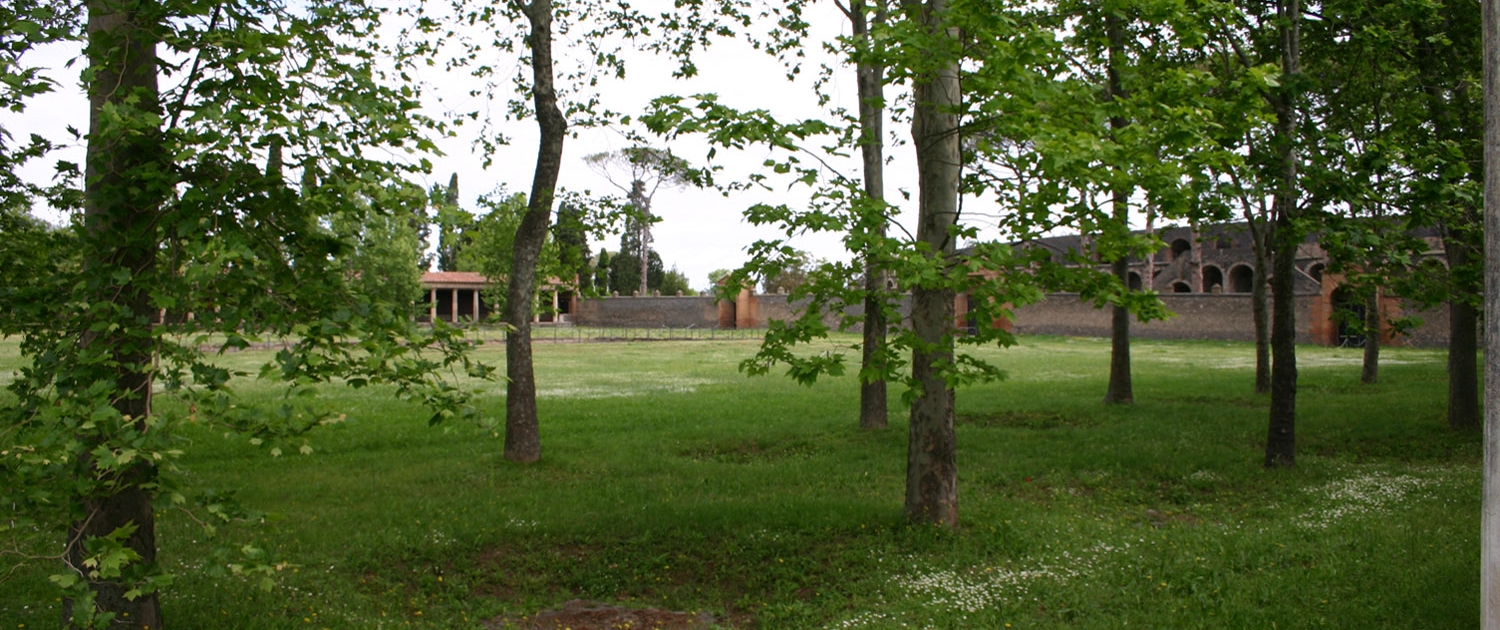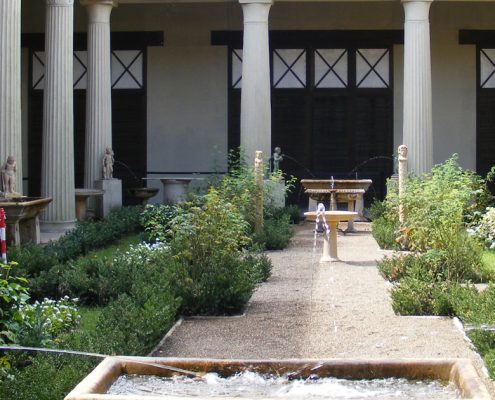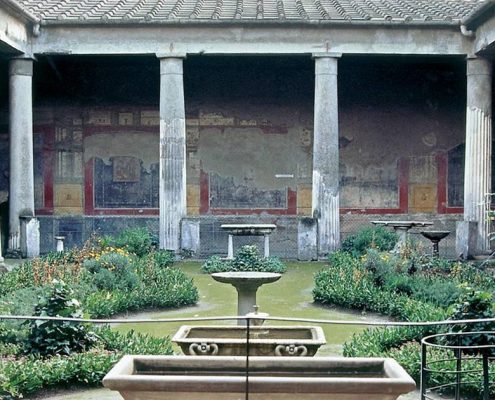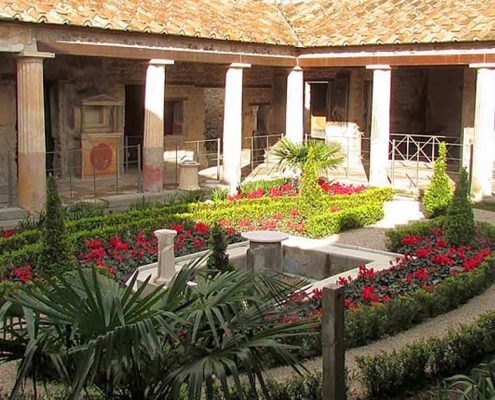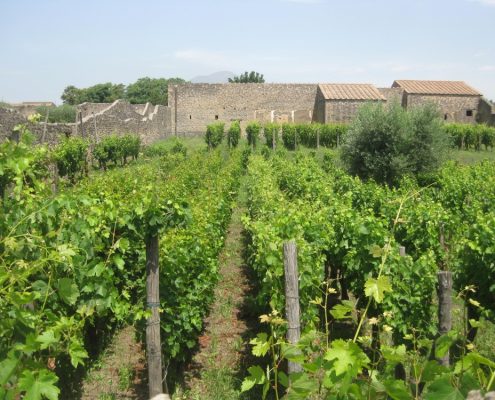TOUR OF GARDENS OF POMPEII – 2 HOURS WITH AN ARCHAEOLOGIST
Private Tour
(admission tickets not included)
Tour Duration
2 Hours
Tour Availability
All year long
Meeting Point
By the Bar Sgambati at Pompeii
What makes this tour special?
Visit Pompeii with us for two hours with an expert archaeologist: you’ll learn about Roman towns in specific the plaster casts, dwellings, the Thermal baths, the Forum, and much more. During the visit your expert will also provide you with specific pieces of information about the activity of the paleo-botanists and their studies in Pompeii.
Save your time with Skip the Line Access: no queuing and wasting time in line – your guide will help you buy the entry tickets , reserved only for the local guides and their clients.
What makes this experience unique is the fact that you’ll explore Pompeii with a private – just for you – English-speaking guide, an archaeologist and expert of Paleobotany: together we’ll visit some of the gardens “recreated” scientifically by our scholars two thousand years later, as how they once were.
Why is our tour of the gardens of Pompeii so unique?
This tour offers unique features: the visit of an extraordinary Roman place with a private archaeologist and historian – just for you. Moreover, the same guide will give you more info about specific studies on the ancient Roman gardens in Pompeii, in order to understand the close link between man and his environment.The archaeological tour will be carried out according to the traditional way, visiting the highlights of the Pompeii ruins, enriching this great experience with specific information on the gardens and the environment of the ancient town two thousand years ago.
Why a botanist in Pompeii?
To fully understand the daily life of an ancient society such as Roman, two thousand years ago, one cannot ignore the close link between man and his environment, which has certainly encouraged certain activities and limited some others. Despite this obvious consideration, the naturalistic heritage, sealed by the 79 AD eruption of Mt Vesuvius, has hardly ever had the attention of the scholars. Today, botanical research in Pompeii is very important for at least two reasons.
a) First of all, the exposure of ancient buildings to the uncontrolled growth of weeds provokes damage to the ancient frescoes and architectural structures. The excavations of Pompeii extend over 66 hectares, 44 of which were excavated. Considering also the walls of the houses, it means over 100 hectares (250 acres) of surface exposed to the attack of weeds.
b) Moreover, the 79 AD eruption of Mt Vesuvius has sealed, together with the houses and other monuments, a huge naturalistic heritage made of roots, pollens, traces of leaves, branches, etc.
Therefore today we operate on brambles and weeds of greater development with strictly controlled products from the environmental point of view, favoring the growth of plants with little extended, thin roots (“guided development”). Or sometimes, if appropriate, any form of vegetal growth is prevented by covering the surfaces with inert material such as grit lava stone (brecciolina). But the paleobotanists also strive to “reconstruct” the green spaces of the ancient city, first identifying the herbaceous species that decorated for example a garden, thus replanting exactly the same floral types.
This post is also available in: Italian

